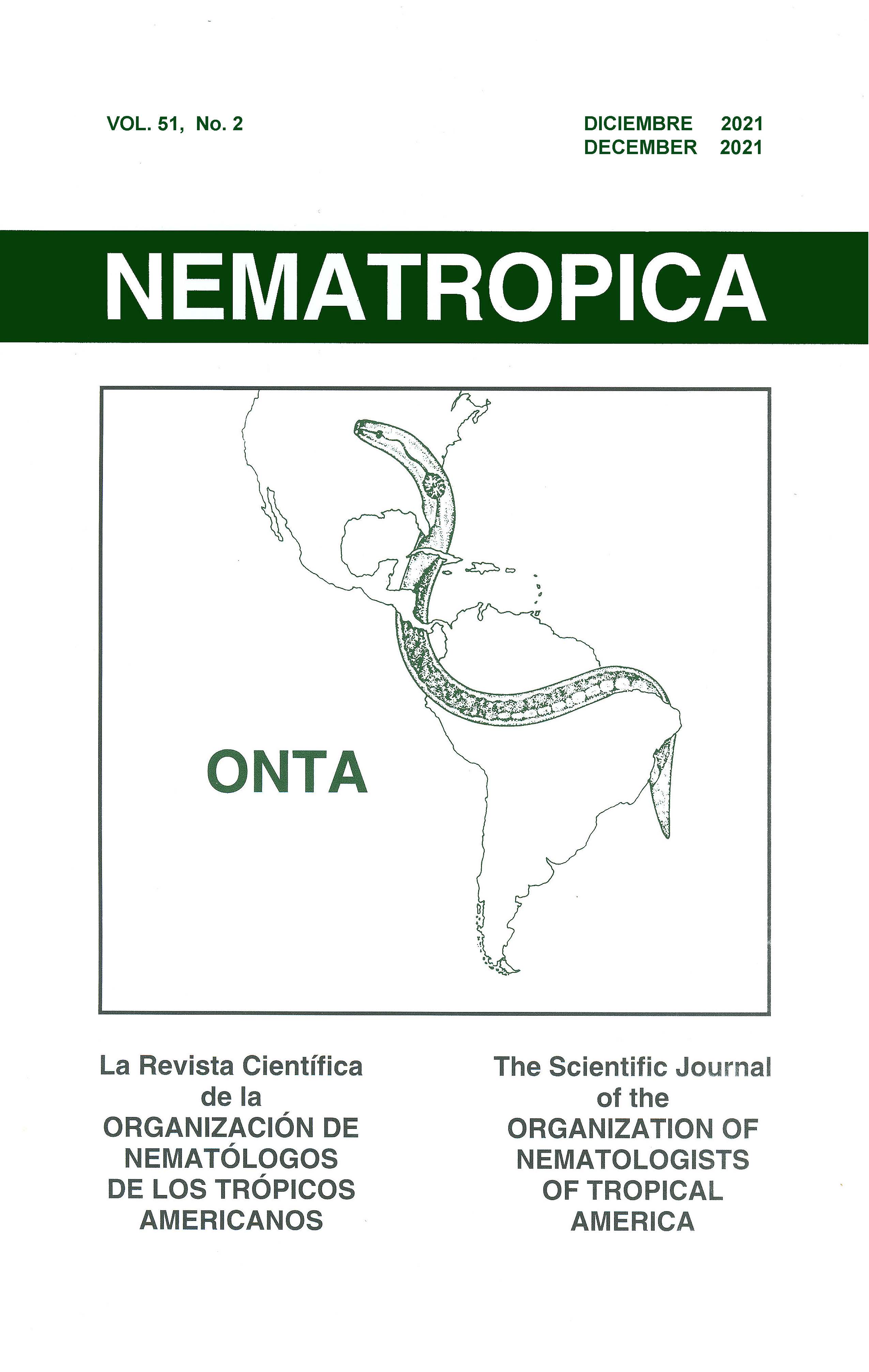AN ASSESSMENT OF POTATO CYST NEMATODE (GLOBODERA SPP.) RESEARCH FROM THE ANDEAN REGION OF SOUTH AMERICA. PART 2: SEARCH FOR RESISTANCE IN POTATO
Abstract
Potato cyst nematodes (PCN; Globodera pallida and G. rostochiensis) are among the most significant pathogens limiting the production of potato globally. Since the first PCN detection, research has focused on a diversity of topics, including species identification, geographic distribution, and pathotype characterization. While many have focused on characterizing potato-nematode interactions, identification of resistance has been a challenge, particularly for G. pallida. This, in turn, makes it difficult to recommend nematode management strategies. South America is the center of diversity for PCN and includes numerous international institutes and universities conducting PCN resistance research at the regional level. For breeding programs and other users of this information and associated germplasm, a consolidated overview of this research would be beneficial. This review reports on South American research conducted to evaluate potato germplasm response to PCN in the Andean region of South America.

